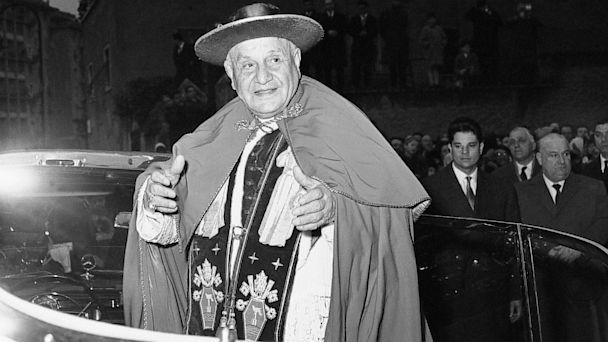How to Succeed at Sainthood Without Really Performing Two Miracles
Bruce Springsteen once crooned, "It's hard to be a saint in the city." But if the city is the Vatican, and if you happen to be one of the most beloved popes in recent memory, things just got a little bit easier.
The Vatican announced this weekend that Popes John Paul II and John XXIII, two of the 20th century's most influential pontiffs, will be named saints in a ceremony on April 27.
The occasion is sure to be historic. For one thing, two living popes, Francis and his retired predecessor Benedict XVI, will both be in attendance.
But it will also be one for the books because despite hundreds of years of canon law governing the process of canonization, Pope Francis is bending the rules to grant John XXIII sainthood.
While John Paul II has been credited with the two confirmed miracles requisite for sainthood, John XXIII has not.
"If the question is how does John XXIII get away with one miracle, the answer is Pope Francis can do whatever he wants," said Christopher Bellitto, a church historian at Kean University.
Vatican spokesman Federico Lombardi said nearly as much, commenting earlier this year that "the pope has the power to exempt a [sainthood] cause from the second miracle," and adding that "no one doubts [John XXIII's] virtues."
Canonization is typically a lengthy process that begins only after a candidate has died. Investigators first study the writings and works of a candidate, before looking for evidence of a miracle, nowadays usually someone recovering from an otherwise incurable disease.
There is historical precedent for canonization without a second miracle. That's because John XXIII himself set the precedent. In 1960, he waived the requirement for St. Gregorio Barbarigo, a 17th century Venetian cardinal.
John XXIII, pontiff from 1958 to 1962 and known as "the good pope" was a reformer who led the Second Vatican Council. He was credited with one miracle in 2000 when he was beatified.
